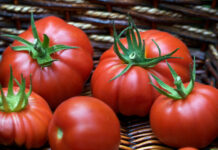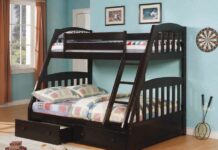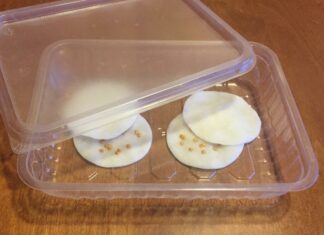A well-designed kitchen should be both beautiful and functional, yet common design choices can hinder everyday cooking. Interior designers reveal five pitfalls to avoid, from dishwasher placement to lighting, ensuring your kitchen works for you, not against you.
Зміст
Dishwasher Placement: A Critical Oversight
Many overlook the dishwasher’s placement, prioritizing fridge and stove layouts. However, Brittny Button, founder of Button Atelier, stresses its importance. Poor placement leads to frustration and impracticality. Ideally, the dishwasher should be near the sink, stove, and cupboards, allowing easy transfer of dishes with minimal steps. Placing it next to the sink, potentially under an island, optimizes workflow.
Fridge and Stove Proximity: The Efficiency Factor
Placing the fridge and stove too far apart creates unnecessary back-and-forth movement. Button suggests keeping them within 4 feet of each other, fostering an effortless cooking experience. Proximity minimizes chore-like movements, making meal preparation smoother.
Open Shelving Near the Cooktop: A Grease Magnet
Open shelving is trendy, but near the cooktop, it’s impractical. Yvonne Harty advises against it, as cooking creates grease and oil mist that clings to everything. Constant cleaning is required, making it a maintenance headache. Reserve open shelving for areas far from the cooktop or opt for glass-front cabinets for a similar look with less upkeep.
Oversized Islands: Form Over Function
Large kitchen islands are popular, but Harty cautions against prioritizing size over usability. Islands without proper work zones create extra walking and reduce efficiency. A deep island can become a dead zone, difficult to reach and clean. Design an island to fit your lifestyle with prep sinks, trash pull-outs, or seating to maximize its utility.
Lighting Imbalance: The Overlooked Detail
Eye-catching pendants and chandeliers often overshadow practical lighting. Harty emphasizes that beautiful finishes can’t compensate for poor visibility. Layered lighting is crucial for safety and efficiency, especially when handling sharp tools and hot materials. Prioritize task lighting alongside decorative elements to ensure a well-lit and functional kitchen.
A functional kitchen isn’t just about aesthetics; it’s about streamlining workflow, minimizing effort, and maximizing safety. Thoughtful design choices can transform cooking from a chore into a seamless experience.
By avoiding these common mistakes, you can create a kitchen that enhances your culinary experience rather than hindering it















































